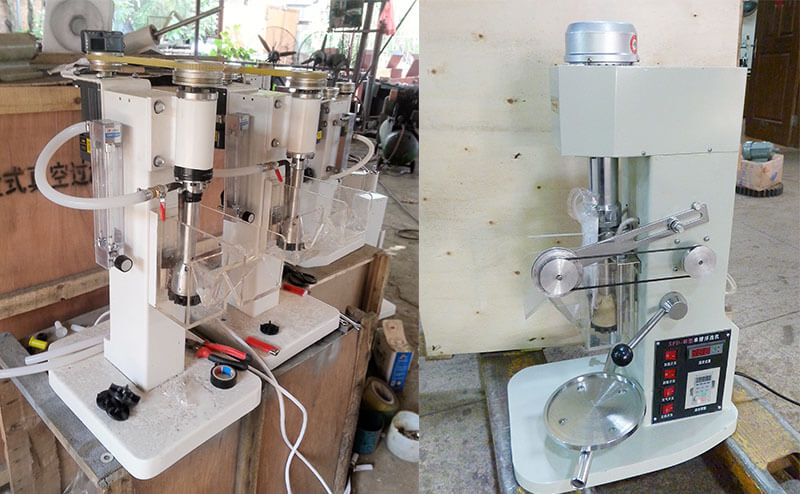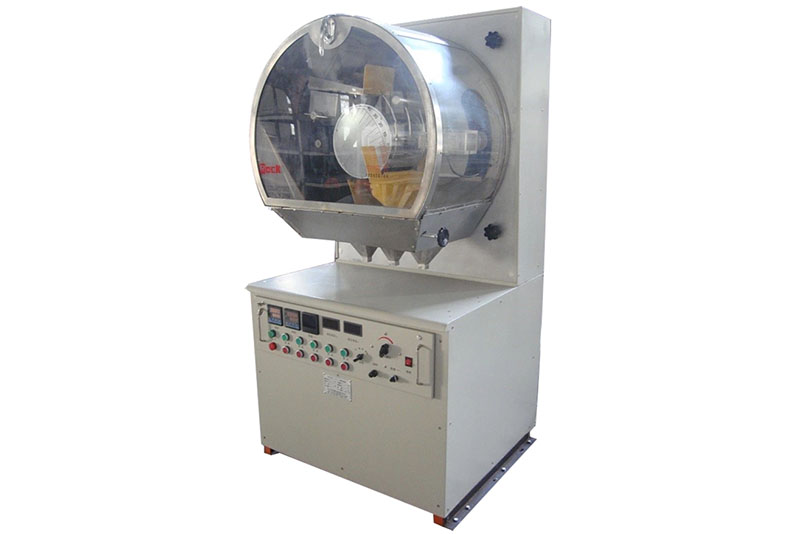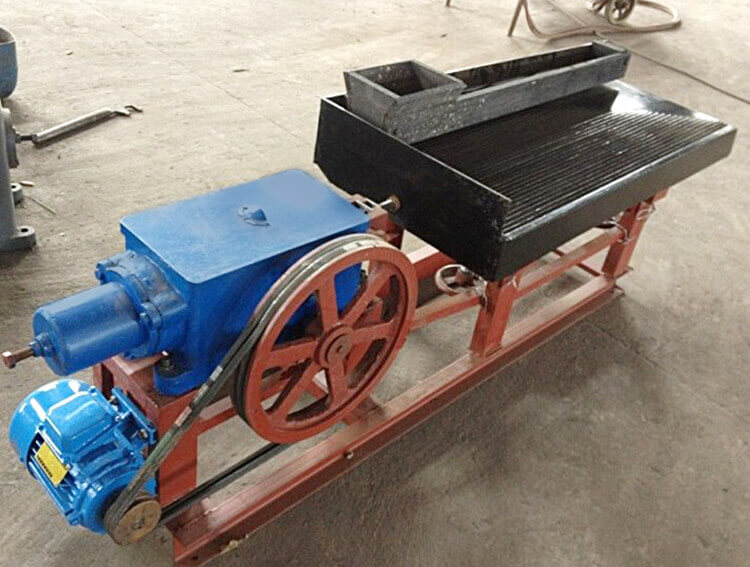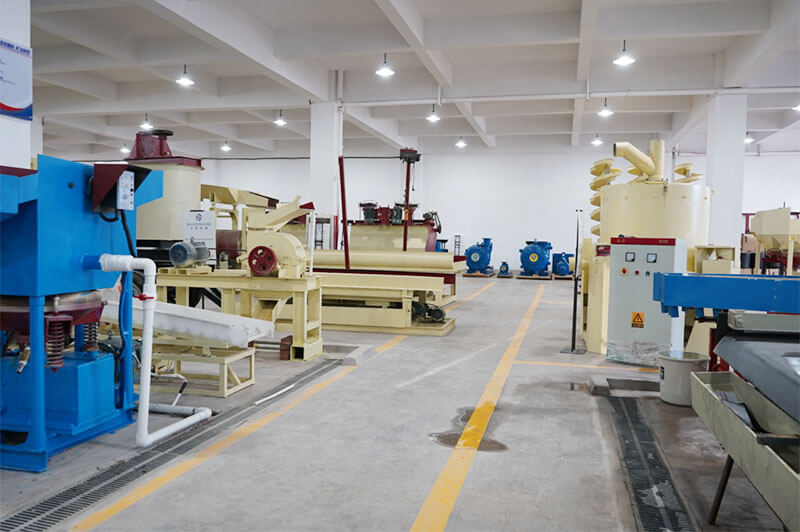Scheelite is a calcium tungsten mineral with the chemical formula CaWO₄. It is one of the primary ores—a critical metal used in various industrial applications due to its exceptional hardness and high melting point. Tungsten is indispensable in manufacturing cutting tools, mining equipment, high-speed steel, and other alloys that require durability and heat resistance. Scheelite is typically found in metamorphic rocks and is often associated with minerals such as quartz, calcite, and fluorite. It appears in various colors, including white, yellow, and blue, and is notable for its distinct fluorescent properties under ultraviolet light, which aids in its identification. The mineral has a tetragonal crystal system, contributing to its unique crystal morphology. In addition to its industrial significance, scheelite has gained attention for its potential role in sustainable technologies. As global demand for tungsten rises, understanding the characteristics and processing of scheelite becomes increasingly essential. With the increasing demand for tungsten in these sectors, the efficient scheelite beneficiation and extraction are vital for ensuring a stable supply of this essential metal.
Scheelite Beneficiation
Scheelite beneficiation is the process of separating valuable minerals from their ores, and it involves multiple steps tailored to maximize the recovery of scheelite while minimizing the loss of useful minerals. The beneficiation of scheelite includes the following stages:
Crushing and Grinding:
The first step involves crushing the ore to liberate the scheelite from other minerals. Once crushed, grind the ore to optimize subsequent separation processes. Fine grinding ensures that scheelite particles are sufficiently liberated from gangue minerals, allowing for more efficient separation.
Gravity Separation:
Gravity separation techniques exploit the differences in density between scheelite and gangue minerals. This stage uses shaking tables, jigs, and spiral concentrators. Scheelite has a high specific gravity (approximately 6.0–6.4 g/cm³), making it amenable to gravity separation. During this process, heavier scheelite particles settle to the bottom of the separation equipment while washing away lighter gangue materials, resulting in a concentrated scheelite product.
Flotation:
Flotation is a highly effective method for enhancing the concentration of scheelite. This process involves adding chemical reagents known as collectors, which selectively bind to scheelite particles, making them hydrophobic (water-repelling). The mineral slurry is then aerated, creating bubbles that attach to the scheelite particles and rise to the surface, forming a froth.
Magnetic Separation:
Use magnetic separation as a complementary method. In cases where the ore contains magnetic impurities, this technique utilizes magnetic fields to separate magnetic materials from non-magnetic scheelite. This method’s effectiveness depends on the magnetic susceptibility of the gangue minerals and the strength of the magnetic field used.
Dehydration:
After obtaining the scheelite concentrate, it is often necessary to dewater the product to remove excess moisture. This is achievable through various methods, including filter pressing and centrifugation. Dehydration is crucial for preparing the concentrate for further processing or shipment, as high moisture content can lead to issues during storage and transport.
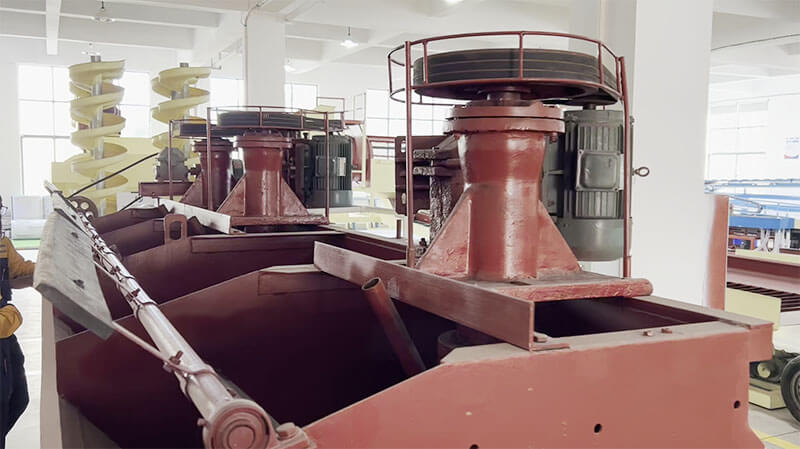
Challenges in Scheelite Beneficiation
While the beneficiation of scheelite can be highly effective, several challenges may arise during the process:
- Complex Ore Composition: Scheelite often occurs in ores that contain various other minerals, complicating the separation process. Understanding the mineralogy of the ore is essential for designing an effective beneficiation strategy.
- Environmental Considerations: chemical reagents in flotation and other processes raise concerns. Implement measures to minimize the impact of these chemicals on surrounding ecosystems.
- Economic Viability: The cost-effectiveness of beneficiation processes must be evaluated to ensure extracting tungsten from scheelite remains economically viable. Factors such as energy consumption, reagent costs, and recovery rates play a significant role in determining the overall feasibility of the operation.
Lab Scheelite Beneficiation Testing Equipment
Laboratory equipment is essential to conducting effective beneficiation tests for scheelite. Each piece of equipment serves a specific purpose in testing the beneficiation process. Here’s a detailed list of commonly used equipment.
Crushers and Grinders:
Jaw Crushers: The initial size reduction of ore samples, breaking down larger rocks into smaller pieces.
Ball Mills: Employed for fine grinding of crushed ore to achieve the desired particle size for effective separation.
Shaking Tables:
These tables are crucial for gravity separation tests. They provide a controlled environment, and scheelite can be separated based on density differences.
Flotation Cells:
Essential for conducting flotation tests, flotation cells allow for adding reagents and provide an environment for froth formation. Depending on the specific requirements of the test, we can use different types of flotation cells, such as mechanical and column flotation cells.
Magnetic Separators:
If magnetic separation is included in the testing process, magnetic separators will be necessary to evaluate the effectiveness of this method. These devices separate magnetic impurities from the scheelite concentrate.
Hydrocyclones:
Hydrocyclones classify particles based on size and density, which can be beneficial in the grinding stage to optimize the particle size distribution.
Sample Splitters:
Sample splitters ensure representative sampling during the initial testing, allowing consistent and accurate results.
Analytical Balances:
Accurate measurement of sample weights and reagent quantities is essential for conducting precise experiments and ensuring the reliability of results.
PH Meters:
Monitoring and controlling pH levels during flotation is crucial, as pH can significantly affect reagent performance and mineral recovery.
Conclusion
Scheelite beneficiation is essential for extracting tungsten, and understanding its properties, along with the right techniques and equipment, can significantly impact the efficiency and effectiveness of mineral recovery.
- Investing in appropriate lab equipment and employing effective methodologies to optimize their processes and improve production capacity, ultimately enhances their competitive edge in the mining industry.
- As global demand for tungsten continues to rise, the significance of scheelite as a primary ore cannot be overstated. The ongoing advancement of beneficiation technologies and practices is crucial in ensuring sustainable and efficient extraction methods. By staying informed about developments in the field and adapting to changing market conditions, manufacturers keep a stable supply of this essential metal while minimizing environmental impacts.
- In summary, understanding scheelite and its beneficiation processes is vital for industries reliant on tungsten and for fostering innovations that contribute to the sustainable development of resources. As the industry evolves, the focus on improving beneficiation techniques will be crucial in meeting future demands.
JXSC lab mineral processing equipment manufacturer has more than 38 years of experience in mining processing. We provide various lab mining equipment including gravity-separating equipment for processing minerals such as gold, tin, tungsten, lead, zinc, tantalum, niobium, iron, manganese, silver, titanium-iron, etc. Lab machines include laboratory jaw crusher, hammer crusher, roller crusher, grinding equipment, lab gravity separator, screening, washing equipment, etc. Welcome to consult!

